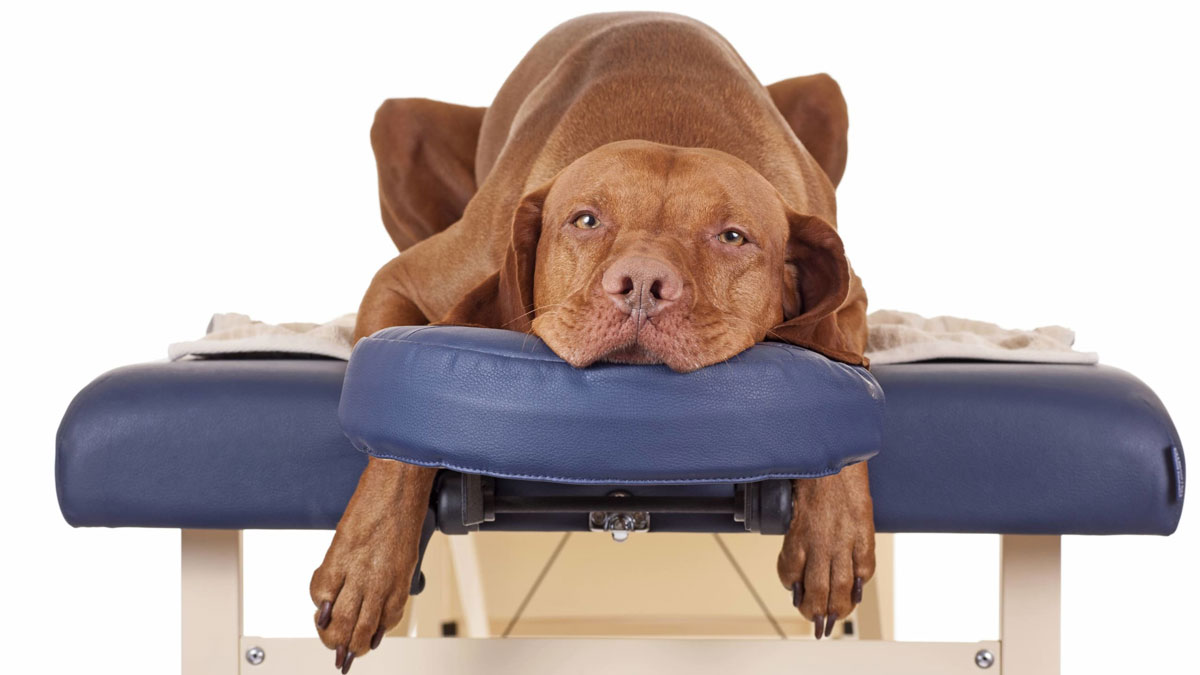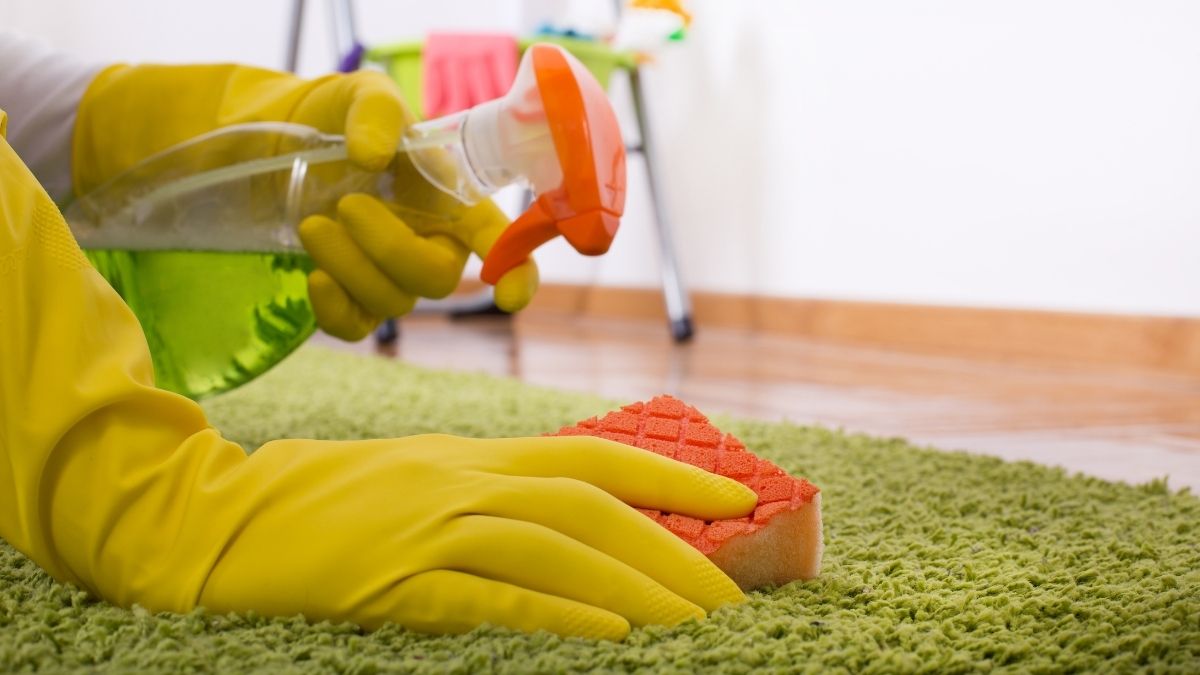So your dear furry family member is getting older. The walks are shorter and more difficult, going up and down stairs is harder, getting up is difficult, and climbing on furniture is a rarity. You know for sure that he or she has arthritis and will be prescribed a pain pill to be given daily until is “time to make the decision,” correct? Wrong.
Thanks to rapid advances in veterinary medicine over the last two decades, our pets are living longer than ever. Thirteen-year-old cats and dogs represent the average pet nowadays. Conditions related to old age such as arthritis, limited vision, dry eye, decreased hearing and senility are managed routinely. In the past, arthritis (osteoarthritis or OA ) was seen as end stage condition with treatment limited to controlling the pain with a strong medication with potentially serious adverse effects (remember those cortisone shots?). Now, when you notice signs of feline arthritis and take your furry family member to the vet, the goal of treatments have changed, we no longer just treat the symptoms. We can now slow the rate of development of OA, we can minimize its severity when it eventually develops and we can control the pain in a more effective way. This newer medical philosophy is known as the “multi modal approach for OA management.” It involves the use of combined pain medications with different mechanism of attacking the pain in order to achieve, as a group, better pain control with lower doses and minimal or no adverse effects. The best part of the multi modal OA management is that it is not limited to the use of drugs. it also involves integration of FDA veterinary approved pain control methods such as stem cell therapy, laser therapy, acupuncture, thermotherapy, massage, therapeutic exercises, therapeutic analgesic/anti-inflammatory diets, supplements and weight management.
A veterinarian certified and experienced in animal rehabilitation is the best indicated clinician to plan an OA management strategy for your pet. The rehab veterinarian will evaluate your dog or cat’s condition from the physical therapy, including evaluation of the gait. The rehab clinician will also be able to identify concurrent impairments that contribute to the pet’s disability such as trigger points, atrophied and spastic muscles groups, compensatory postures and areas of referred pain. A customized prescribed rehab plan for your dog or cat’s specific motion impairments will then be formulated. The rehab clinician will objectively monitor your pets progression and will modify the program as your pet improves, facilitating this way a successful outcome.
Longevity in our pets is not a trend, it’s a fact. By successfully managing OA with the guidance of veterinary team that offers professional rehabilitation therapy you will be able to maximize your pet’s quality of life in its golden years. Because after all, in dogs years thirteen is the new seven.
Dr Sanchez-Emden is the founder of the Animal Health and Rehab Center in South Miami. She has been practicing veterinary medicine for 24 years. As a Certified Veterinary Journalist, she is the resident veterinarian for various national tv shows. She authored the book “CHIHUAHUAS: How To Be Your Dog’s Best Friend”. She also hosts the podcast show ” Hablando de Perros y Gatos con Dr Marta” available at the main internet platforms. Follow her @Drmartavet on You Tube, Instagram and Twitter. Also find her at Facebook.com/dr.sanchezemden and animalhealthrehab.com














 Deering Estate
Deering Estate
 Massage Envy South Miami
Massage Envy South Miami
 Calla Blow Dry
Calla Blow Dry
 My Derma Clinic
My Derma Clinic
 Sushi Maki
Sushi Maki
 Sports Grill
Sports Grill
 The Healthy Kitchen
The Healthy Kitchen
 Golden Rule Seafood
Golden Rule Seafood
 Malanga Cuban Café
Malanga Cuban Café

 Kathleen Ballard
Kathleen Ballard
 Panter, Panter & Sampedro
Panter, Panter & Sampedro
 Vintage Liquors
Vintage Liquors
 The Dog from Ipanema
The Dog from Ipanema
 Rubinstein Family Chiropractic
Rubinstein Family Chiropractic
 Your Pet’s Best
Your Pet’s Best
 Indigo Republic
Indigo Republic




 ATR Luxury Homes
ATR Luxury Homes


 2112 Design Studio
2112 Design Studio
 Hamilton Fox & Company
Hamilton Fox & Company
 Creative Design Services
Creative Design Services
 Best Pest Professionals
Best Pest Professionals
 HD Tree Services
HD Tree Services
 Trinity Air Conditioning Company
Trinity Air Conditioning Company
 Cisca Construction & Development
Cisca Construction & Development
 Mosquito Joe
Mosquito Joe
 Cutler Bay Solar Solutions
Cutler Bay Solar Solutions


 Miami Royal Ballet & Dance
Miami Royal Ballet & Dance
 Christopher Columbus
Christopher Columbus
 Pineview Preschools
Pineview Preschools
 Westminster
Westminster
 Carrollton
Carrollton
 Lil’ Jungle
Lil’ Jungle
 Frost Science Museum
Frost Science Museum
 Palmer Trinity School
Palmer Trinity School
 South Florida Music
South Florida Music
 Pinecrest Orthodontics
Pinecrest Orthodontics
 Dr. Bob Pediatric Dentist
Dr. Bob Pediatric Dentist
 d.pediatrics
d.pediatrics
 South Miami Women’s Health
South Miami Women’s Health

 The Spot Barbershop
The Spot Barbershop
 My Derma Clinic
My Derma Clinic




 Miami Dance Project
Miami Dance Project

 Rubinstein Family Chiropractic
Rubinstein Family Chiropractic
 Indigo Republic
Indigo Republic

 Safes Universe
Safes Universe
 Vintage Liquors
Vintage Liquors
 Evenings Delight
Evenings Delight





 Atchana’s Homegrown Thai
Atchana’s Homegrown Thai
 Baptist Health South Florida
Baptist Health South Florida

 Laser Eye Center of Miami
Laser Eye Center of Miami
 Visiting Angels
Visiting Angels
 OpusCare of South Florida
OpusCare of South Florida

 Your Pet’s Best
Your Pet’s Best





 HD Tree Services
HD Tree Services
 Hamilton Fox & Company
Hamilton Fox & Company


 Creative Design Services
Creative Design Services